The Mysterious Street Snack That Has Baffled Botanists for Decades
Even DNA tests have yet to confirm its identity.
A vendor was cutting slices off what looked like the trunk of a tree on his push-cart. This was in Bengaluru, the city in the south Indian state of Karnataka where I live. The core was a creamy white and the skin a brownish-orange. He cut horizontally, in circles, with the precision of a surgeon, so thin that I could see through the pieces.
“It’s a root. It can grow five feet deep and 300kg,” he explained, in response to my shock. He sources it, he said, from the neighbouring state of Kerala, from people who “get it from the forests.” He hasn’t seen anybody extract the root, but has seen the tree it comes from. “It’s like a climber. It gives flowers. It grows near the sea. It’s called Bhoochakara Gadda in south India and Ram Kand Mool up north.”
Can a root be this massive? Especially the root of a climber or vine? Before I could ask Google, my snack was ready. It was seasoned with salt, chili powder, and lime; my husband’s had sugar and lime. It was crunchy, juicy, and refreshing, but had no taste of its own.
That night, I googled Bhoochakara Gadda. There wasn’t much. Wikipedia identified the scientific name of the plant as Maerua oblongifolia, but had no photos of it. Maerua oblongifolia is a low, woody, undershrub found in India, Pakistan, parts of Africa, and Saudi Arabia, whose tubers are sold as snacks and used as a stimulant in the ancient medicine system of Siddha, I read. Research papers showed its leaves and flowers but not the root. So I decided to dig in.
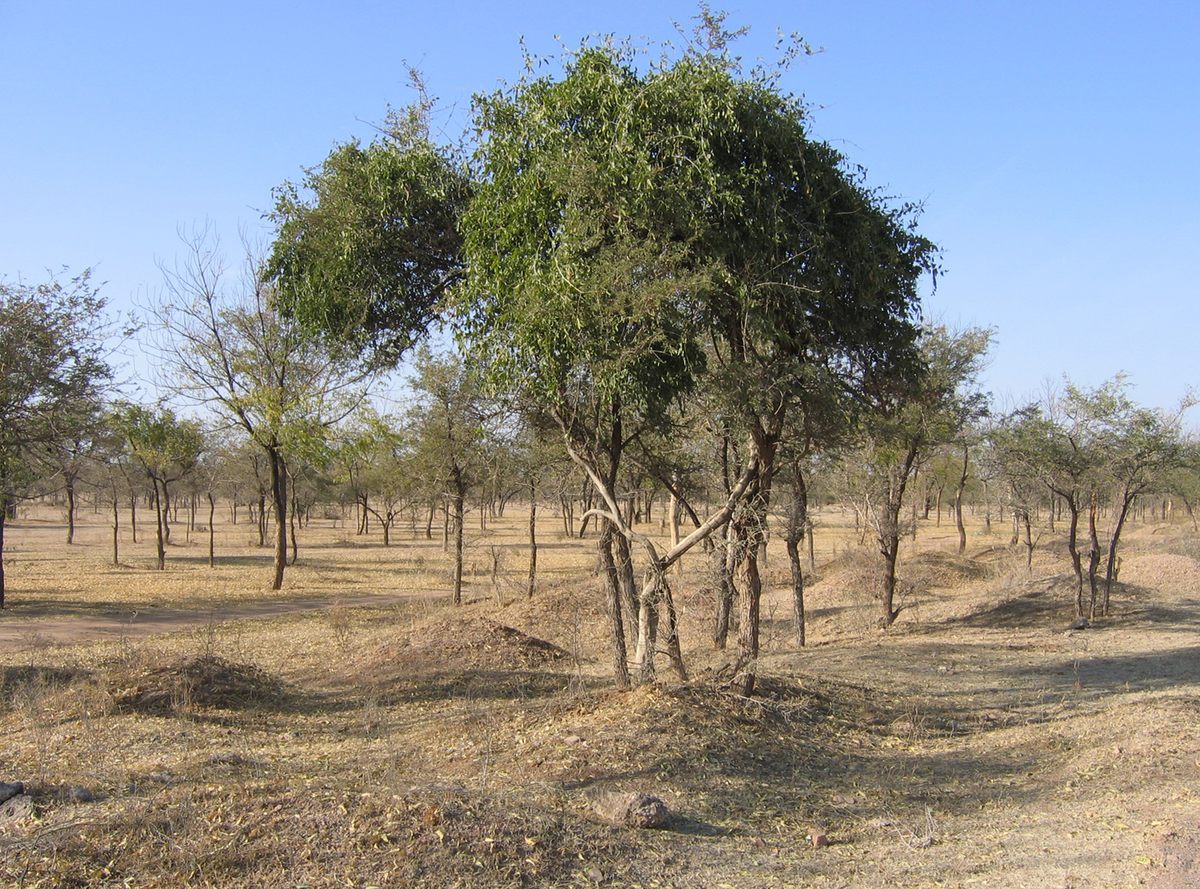
I contacted a wood scientist, a professor of food science, and a Siddha practitioner, each from my state. They hadn’t seen the tree. I pivoted my search to another state in the south, Andhra Pradesh. I called up its tribal department, but got no leads. Then my messages to the head of the biodiversity board were met with silence. I spoke to a botany researcher who had studied the tree, only to learn he had never seen it in person.
Soon enough, I’d learn that my idle curiosity was, in fact, a mystery that has baffled and, at times, infuriated botanists for decades. This snack has been widely sold on the streets for decades—from the city of Haridwar in the north to Pune in the west and in several places in the south—and yet, somehow, no one seems to know what it is.
I had a breakthrough a few months later when I came across a thesis paper by Dr. MS Rathore, who had propagated Maerua oblongifolia in the lab in 2011. He had seen the tree many times in the desert state of Rajasthan. “But I haven’t heard or seen anybody eating the root,” the scientist said over a call, sounding puzzled.
“Its roots are sparse and inedible,” added Dr. NS Shekhawat, his thesis adviser and a retired professor of botany. “Growing in dry regions, where will it have so much water to develop big roots and be fat and juicy? [The snack] can’t be Maerua oblongifolia.”
The duo sent me photos of the tree, which did not match the description on Wikipedia. And the roots in the photos were grown in a lab and too tiny to conclude anything.
I spoke next to Dr. T Pullaiah, former president of The Indian Botanical Society. In his 2019 Encyclopaedia of World Medicinal Plants, he links this snack to Ipomoea digitata, a climber that grows a large tuberous root with a yellowish-brown coat. He must have seen the root, I thought. “No. It was second-hand knowledge. We are professors, busy between teaching and administrative work, so we rely on existing literature to come to conclusions,” he explained.
So I made more calls, wrote more emails. And a new name came up that nullified all my research.
The year was 1994. Ethnobotanist Dr. Koppula Hemadri was going around India “digging out roots” to confirm the origins of this snack. He ended his search with agave. These are succulents that look like aloe vera but can grow up to 10 feet wide and twice as tall. Some have a stout stem topped with spiny leaves, like pineapples. Some appear stemless.
“I tasted the base of agave, that’s attached to roots,” remarked Dr. Hemadri, who’s now retired and lives in Andhra Pradesh. “It was starchy and a bit like that snack. But I did not pursue [the lead] after that.”
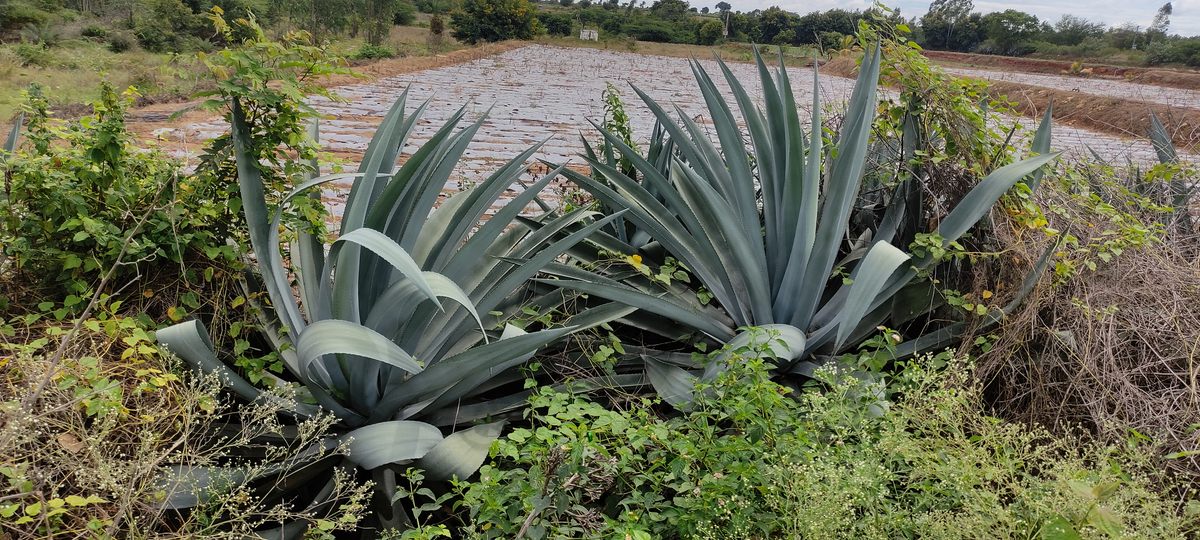
In the same year, in the same state, botanist Dr. Ali Moulali got closer: “I told a vendor I would pay him Rs1,000-2,000 ($13-27) more if he revealed the identity of the plant. He hesitated and said, ‘It’s the base of Kitta Nara.’ “ That’s what the fibre made from agave is locally called. The vendor also revealed that it wasn’t a root, but something that grew just above the ground.
In the same period, flowering-plant taxonomist Dr. SR Yadav was encouraging his students in the western state of Maharashtra to scrutinise Ram Kand, which is the snack’s local name there. Two of his students—Dr. Mansingraj S Nimbalkar and Dr. Vinod B Shimpale, who were studying molecular biology and taxonomy—went on to provide the most scientific insight into this mystery.
In 2010, after a long anatomical study, they performed DNA barcoding on a slice of the snack and found it to match that of agave’s by 89 percent. There are several species of agave, but the lab test narrowed it down to Agave Sisalana, a plant sometimes used to make a tequila-like drink. They did a field visit soon after and plucked out a Sisalana only to find mesh-like, shallow roots. Next, they chopped off its leaves and there it was: the fat, white, watery trunk familiar to millions of Indians from food carts. They ate a slice from it, and it was tasteless and crunchy just like Ram Kand. The findings were published inCurrent Science the following year.

So why is there still doubt about the identity of this snack? “Which species of agave is it—Sisalana or Americana or any other?” Dr. Shimpale says. “We can’t conclude until the vendors show the plant to us. They keep this as a business secret to create curiosity around it.”
Yes, there is a pattern to what the vendors say: It’s a root; it’s medicinal; they get it from a forest 200 kilometers away or in Africa. They say the Hindu god Ram, and his wife and brother, subsisted on Ram Kand during their exile in the forests, and that Bhoochakara Gadda is a sweet-something growing underground. Try to buy their stock in bulk and they’ll spare no more than a few slices. Probe them and they’ll cart away. “Forest officials in Maharashtra have tried to spy on them, but it was futile,” Dr. Nimbalkar recalls.
Going on a hunch, I rang up a senior forest official in Karnataka, GS Yadav. “You need permission to remove or extract anything from any forest,” he says clearly. But agave doesn’t fully fit into the forest bracket. It grows widely in India, on roadsides, along railway tracks, as fencing. However, it may not be so healthy. “Agave has lots of alkaloids. It can be poisonous if eaten in large quantities. Maybe that’s why they sell thin slices,” Dr. Yadav, now retired, warns.
I felt increasingly certain that agave was the answer until Dr. Chenna Kesava Reddy Sangati, an assistant professor of nutrition & technology in Bengaluru, dubbed it “impossible.” He has researched agave extensively in order to produce an alcoholic beverage from its Albomarginata variety. “I have eaten Bhoochakara Gadda. It has a smoother mouthfeel, is softer to bite, and is not very sweet,” he says. “Whereas this agave is highly sweet, astringent, fibrous, and hard to bite.”
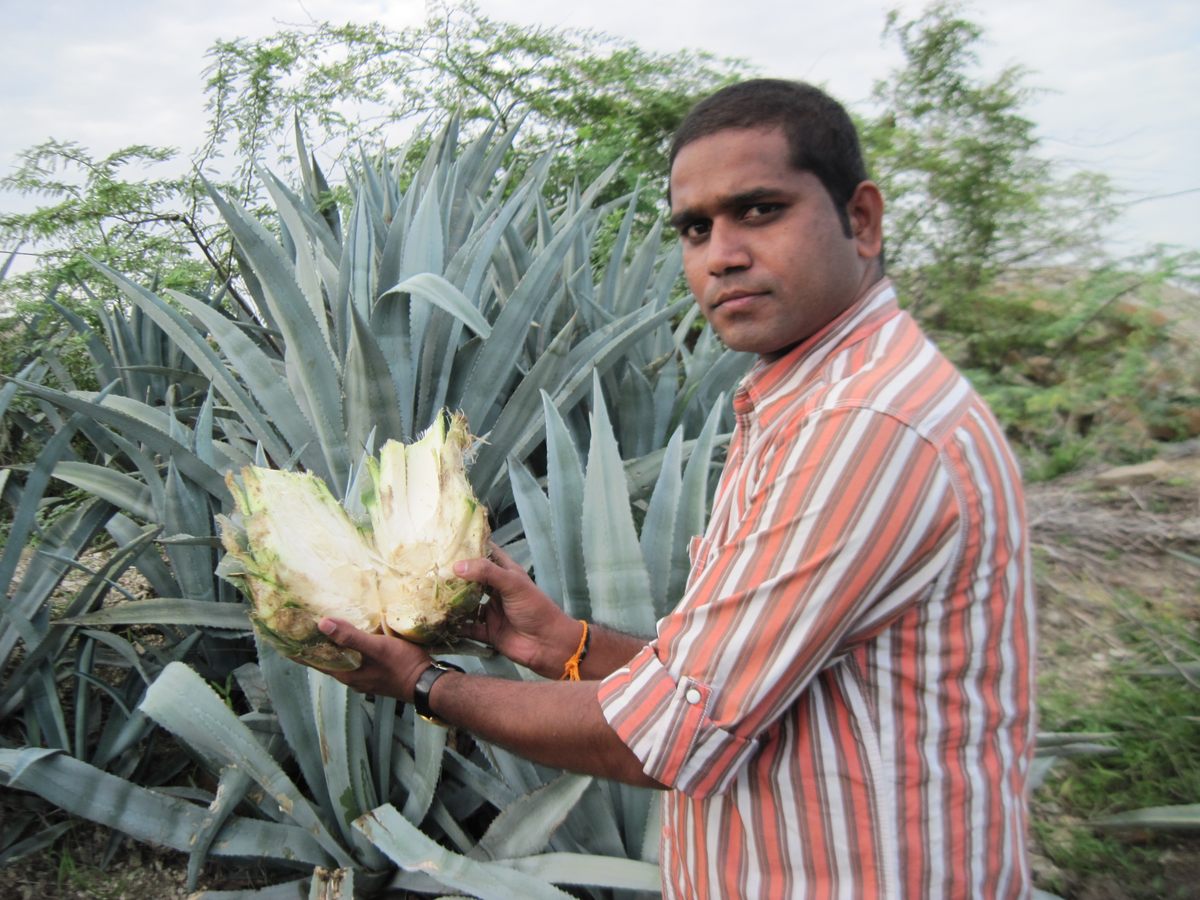
In April, the second wave of coronavirus in India had set in. Crowds on the street had thinned, push-carts were fewer, and the vendor I had first met was gone. “He has gone to his village,” a man who sells watermelons on the same street told me. But he passed on the vendor’s contact number.
Fearing another lockdown, the vendor had returned to the northern state of Jharkhand. The pandemic was killing his business and he wanted to know from me when things will be normal. What could I say?
We shifted the topic and he came clean easily: “It’s a stem … I sell it year-round … I have seen the plant only in photos, on the phone.” Oh! “Will you give me the phone number of the person you source Bhoochakara Gadda from?” I asked. He went silent.
“Ask anything but this, please. Nobody will tell you anything. This is how this business is,” he told me, getting irritated by the minute. Then he calmed down. “I’ve been eating this for years. It cools the body. Customers say it’s good for diabetes. It’s not illegal, I know.”
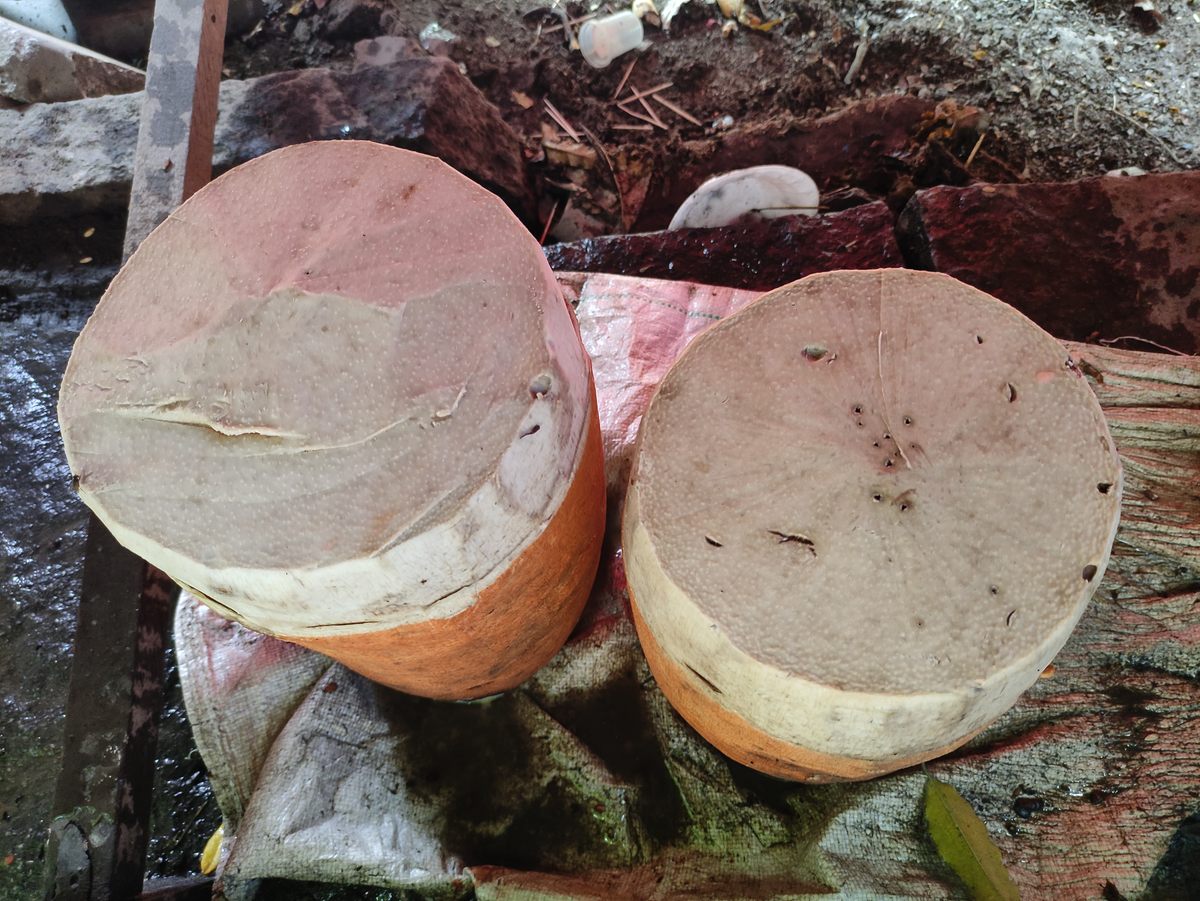
After questioning my motives for calling him, he agreed to look at photos of the plants that experts were debating. “None,” he replied. I was gutted but called back to thank him. But then he said, “Photo number 3. That’s the plant.” It was Agave Sisalana. He okayed Photo number 2 as well, which was Agave Americana. There was no word on Photo No. 1, Maerua oblongifolia.
“They cut the leaves and rub red color on the trunk to preserve its white color,” he explained.
So is this an agave snack, after all? I will wait for the final word, as Dr. MS Shekhawat, another botanist from Rajasthan, has assured me that after the pandemic is over, he will go into the field, uproot, slice, and taste a sample of each likely candidate, and resolve the mystery once and for all.
Gastro Obscura covers the world’s most wondrous food and drink.
Sign up for our email, delivered twice a week.







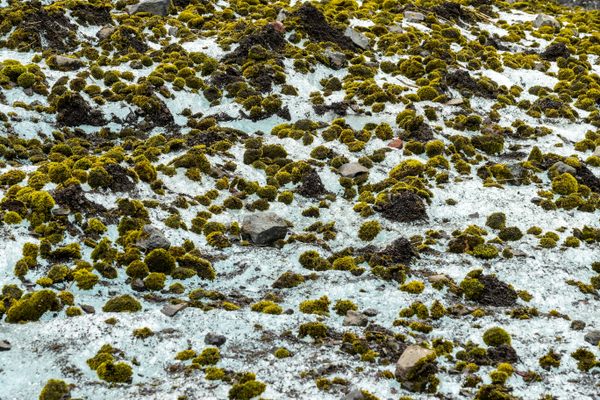
















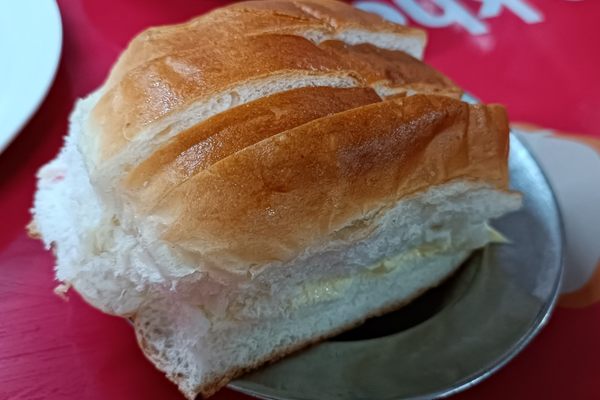

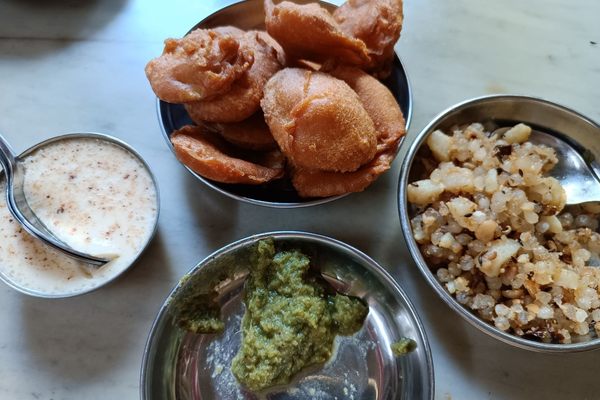




Follow us on Twitter to get the latest on the world's hidden wonders.
Like us on Facebook to get the latest on the world's hidden wonders.
Follow us on Twitter Like us on Facebook